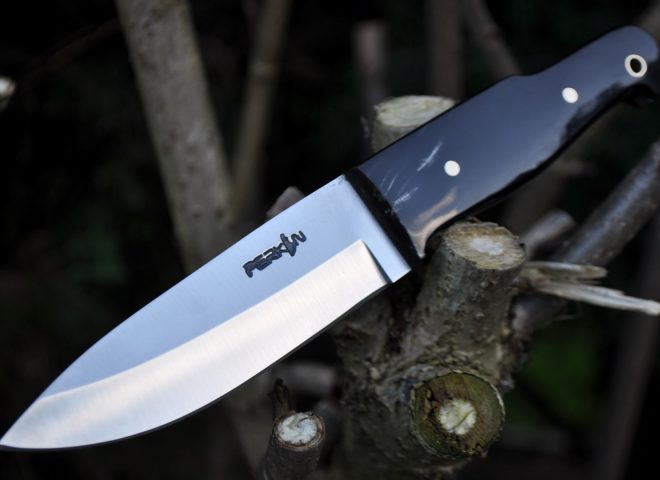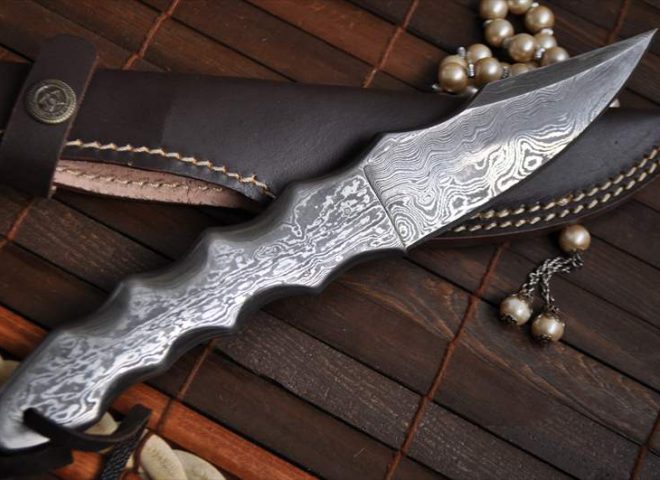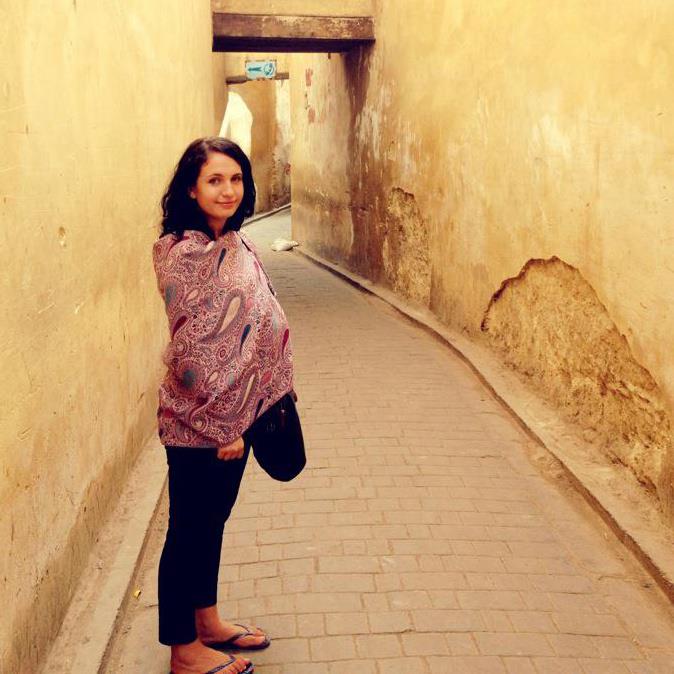A good survival knife is always needed in your pocket while traveling, every survival kit or everyday carrier should have more than one hunting knives.
I generally don’t plan for sudden or emergency situations. In fact, a lot of people don’t. But that is the whole problem, no one does. We don’t plan or prepare for emergency situations which, of course, is a wrong perception. You feel safe and secure while traveling alone at night. Most importantly, you don’t need the training to learn the technique of using hunting knives – it is quite easy and natural.
While hunting knife is in your hand, you take it as your own body part. You don’t need to learn the skill of using your own body part, it comes naturally.
Now when we have discussed so much about hunting knives, let’s also explore few others points.
There are few things which should be kept in mind before buying a knife. Buying any knife won’t help you out. Always look for a knife that fits in your palm and is easy to use in emergency situations. Also, never put your hunting knife for sale, it’s good to keep your knife with you for lifetime. Now, let’s walk through some important points:

1. Fixed Blade
Never try and put pressure on the tip of a folding hunting knife or there are chances of getting a cut on your trigger finger. There are many types of hunting knives, the two most common are folding knives and lock knives.
So generally, when you choose a knife for your protection, you should remember that folding or lock knives are the most dangerous knives for novices. It goes without saying that a fixed knife is the one that does not fold or get locked.
2. Thick and thin blades
You might have noticed blades varying from 0. 1 inch to ¼ inch. Both the knives have their perks so this one is hard to decide. The thinner will be definitely better for whittling jobs such as making trap triggers and thicker blades for chopping and prying. This one depends on your own convenience level.
3. Full tang
You can only see the upper part of the knife that is the blade, you really don’t know if the blade is extending down to the handle. It is essential to question the seller regarding the full tang – if a part of the blade which is extending downwards to the handle.
A blade halfway to the handle can be a bit harmful, it can be removed easily and is not as strong as a full tang hunting knife.
4. Handle with hilt and pommel
Handles are mostly made from a variety of natural and man-made products including molded plastic, ivory (nylon polymer), hytrel, (thermoplastic polyester elastomer), leather (stacked leather washers), Krayton (synthetic rubber), or Zytel (nylon resin). Some knives only have the skeleton as the handle. What is more important is that the handle gives you nice grip in emergency or hunting situation. It should not slip from your hand due to sweat or if the knife is wet.
Another important part is the hilt and pommel. The handle should definitely have a wider hilt and pommel to improve its gripping quality. The pommel should be flat so you can use it as a hammer.




